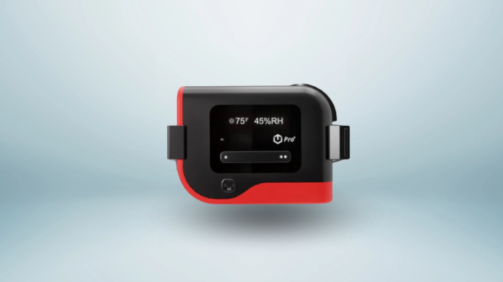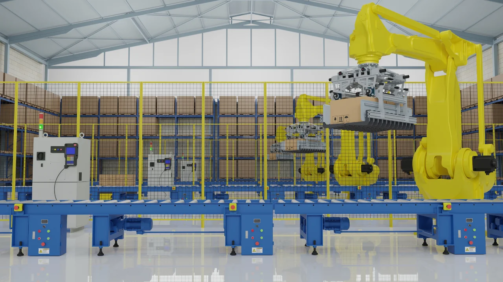Revamping Mechanical Design for a Leading US Stabilizer & UPS Manufacturer
- Standardized design
- Improved DFM, reduced cost by 30%
Background
The mechanical design data was not properly maintained, and the manufacturing method relied on outdated practices, requiring the manufacturing vendor to provide design updates. SrushtyES was tasked with innovatively improving certain processes by transforming 2D images into clear and precise 3D CAD formats
Objectives
- Updating 3D CAD models for all product variants, creating comprehensive engineering and manufacturing drawings,
- Revising the Bill of Materials (BoM)
- Documenting the assembly process.
Our Process
Marketing Research & Requirements Analysis
The objective here is to thoroughly understand the customer’s CAD service requirement. The process involves a detailed analysis of provided images, addressing any ambiguities through Request for Information (RFI) exchanges. Weekly client meetings facilitate ongoing collaboration and progress updates. The final phase entails meticulous conversion, aligning the 3D CAD output with clarified requirements for optimal results.
Get a free consultation!
Analyzing Existing problems
Our team carefully checks the initial 2D images for any issues or missing information. We review each batch thoroughly, pinpointing areas that need clarification. We then send clarification requests to the client and incorporate their feedback. Once we have a clear understanding, we proceed to complete the 3D conversions with improved accuracy
CAD modelling
In this phase, designers use specialized software to extrude and manipulate 2D images into three-dimensional digital representations. This process involves adding depth, textures, and dimensions to recreate a lifelike 3D model. Precise measurements and details from the 2D images guide the creation of an accurate and realistic 3D CAD model. The final output is a dynamic digital representation suitable for various applications, from product design to architectural planning
Updating the feasibility of manufacturing
In the process of updating feasibility for manufacturing in the 2D to 3D CAD service, adjustments are made to ensure practical manufacturability. This involves refining designs, addressing material considerations, and optimizing components for production efficiency. Iterative reviews and client feedback play a crucial role in fine-tuning the 3D models to align with manufacturing capabilities. The goal is to enhance the transition from 2D images to 3D CAD, making the final designs both feasible and optimal for manufacturing processes
Quality Check
In the 2D to 3D CAD conversion process, a QC person meticulously examines the files, focusing on adhering to the instructions and markups present in the original drawings. This quality check ensures accuracy and fidelity in translating the 2D images into the desired 3D format, maintaining precision throughout the transformation service
Preparation of Bill of Materials
In the preparation of Bill of Materials (BOM) for the 2D to 3D CAD conversion service, the process involves meticulously listing all components and materials required for the three-dimensional model. This includes specifying quantities, dimensions, and other essential details. By creating a comprehensive BOM, ensures accurate procurement and assembly of necessary resources for the successful transformation of 2D images into 3D CAD models. This step is crucial for streamlined project management and efficient production
Key Challenges & Solution
Upon receiving partially detailed initial files, we systematically reviewed each batch and submitted Request for Information (RFI) files to the client for clarification. Incorporating their feedback, we refined our approach and proceeded to complete the remaining conversions. Regular weekly meetings were conducted to discuss and update the client on the progress made in the previous week.







